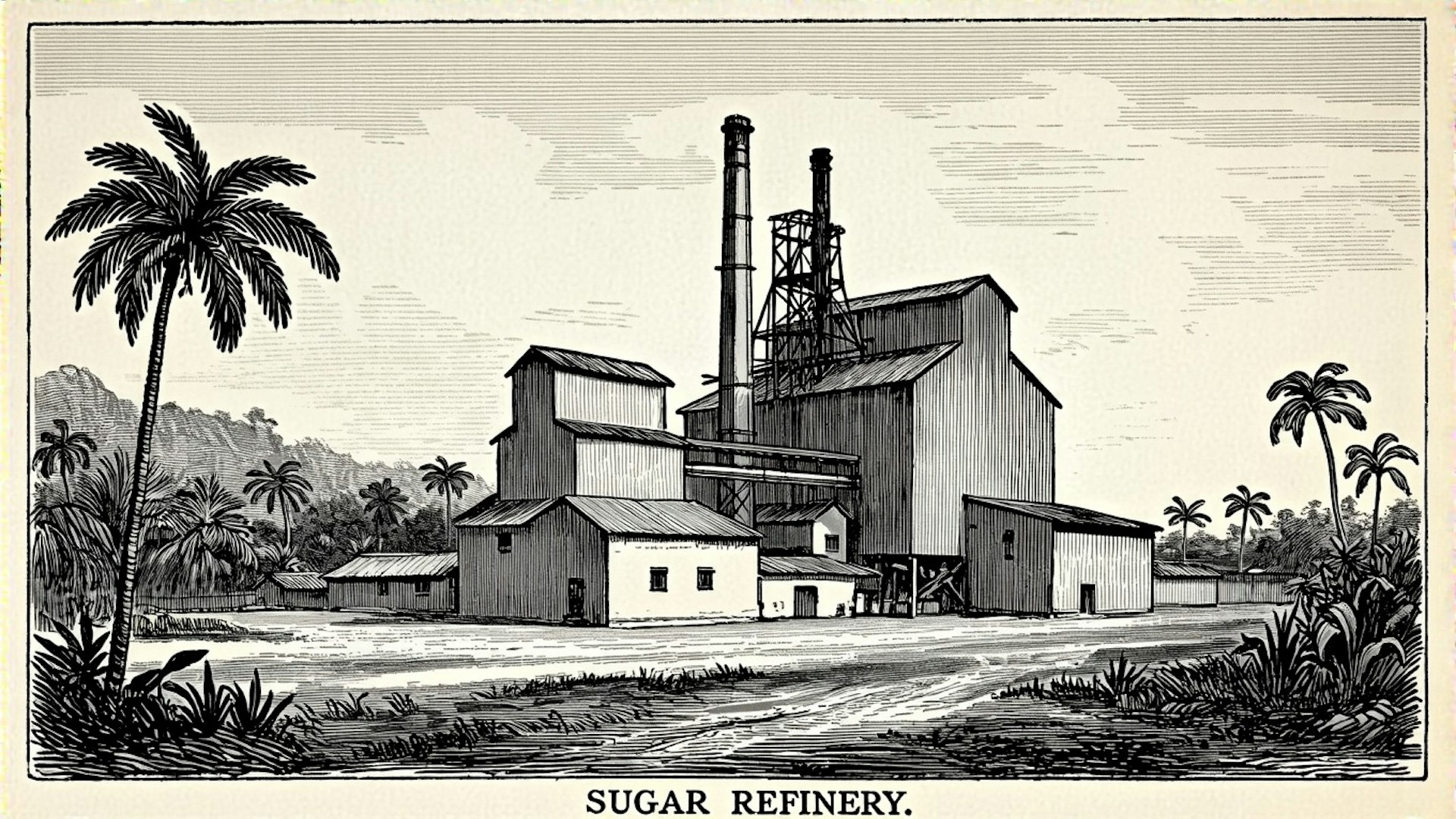
In traditional rum production, molasses is far from being a mere byproduct — it’s a complex raw material that shapes the spirit’s entire aromatic profile. At Distillerie Fove, we’ve made the bold choice to work with blackstrap molasses: the most concentrated, the most expressive.
1. How Molasses is Made
Molasses is the result of refining sugarcane juice. After the juice is concentrated through vacuum evaporation, sucrose is crystallized and separated via centrifugation. This cycle is repeated several times to gradually extract the sugar, ultimately yielding a thick, highly concentrated residual molasses.
There are three types of molasses:
Light molasses: Extracted after the first boiling. It is sweet, mild, and amber-colored.
Dark molasses: Extracted after the second boiling. Thicker and richer, with hints of licorice and spice.
Blackstrap molasses: Extracted after the third boiling. Very dark and dense, low in sugar but extremely rich in minerals and aromatic compounds.
2. Why Blackstrap at Fove?
Blackstrap molasses presents a technical challenge: its low fermentable sugar content and high mineral load make fermentation more complex. But at Fove, we turn this constraint into an opportunity for aromatic depth.
Through carefully controlled fermentation — using selected yeasts, managing nutrients, and gradually introducing the molasses — we unlock the full potential of this bold raw material. It’s ideal for generating esters, phenols, and Maillard reaction compounds.
3. A Rum with Character
The result: a rum with notes of coffee, warm molasses, dried fruit, and spices — grounded in raw material. Every drop carries the imprint of the cane, the land, and the fire.
At Fove, our choice to work with blackstrap molasses is a statement of intent: to craft rum that is deep, authentic, and rooted in tradition, while proudly embracing a bold, contemporary identity.

